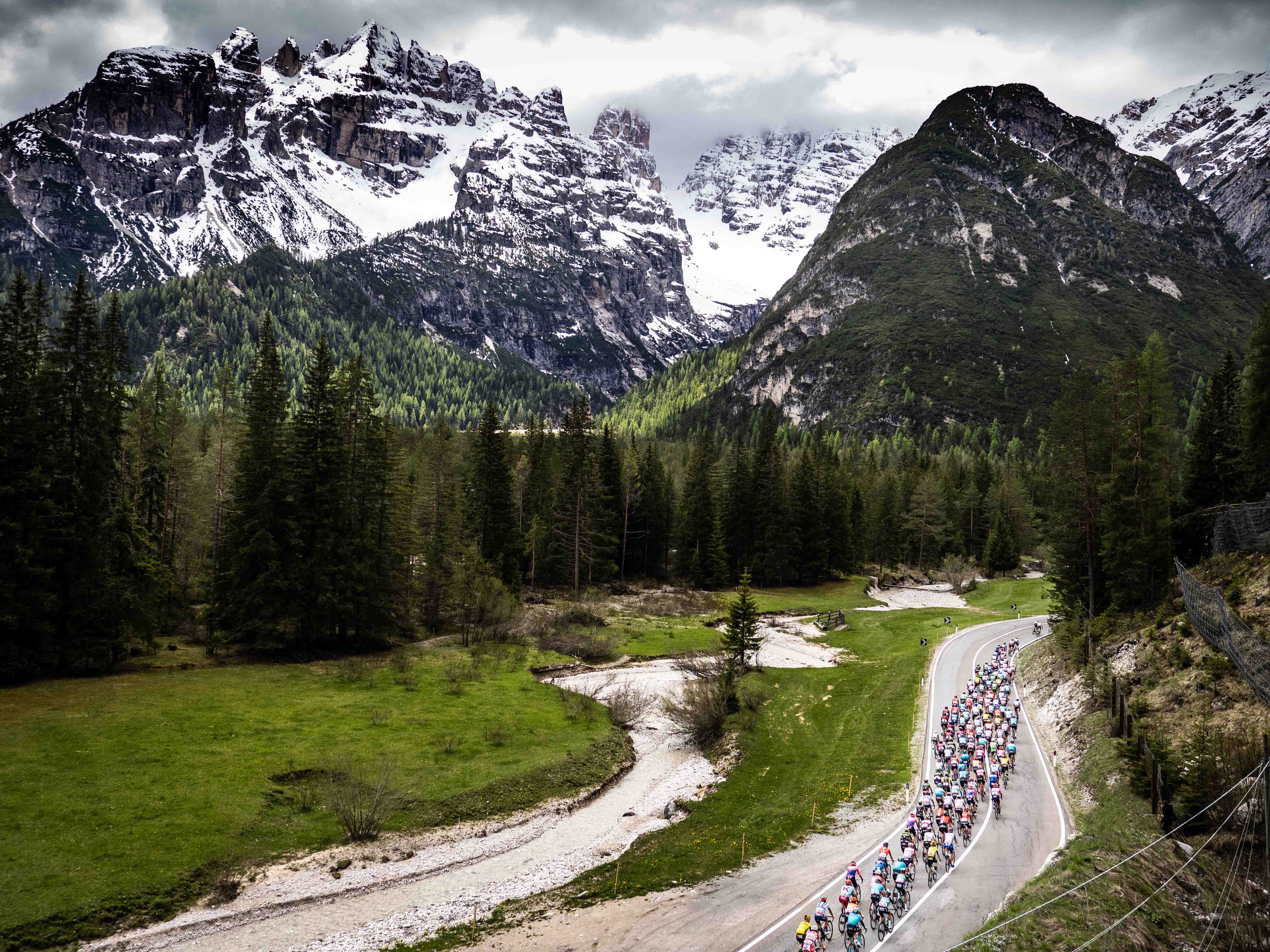
Ops! La pagina non è stata trovata.
Questa pagina può essere stata spostata o non esiste più.
Questa pagina può essere stata spostata o non esiste più.

Questa pagina può essere stata spostata o non esiste più.
Questa pagina può essere stata spostata o non esiste più.